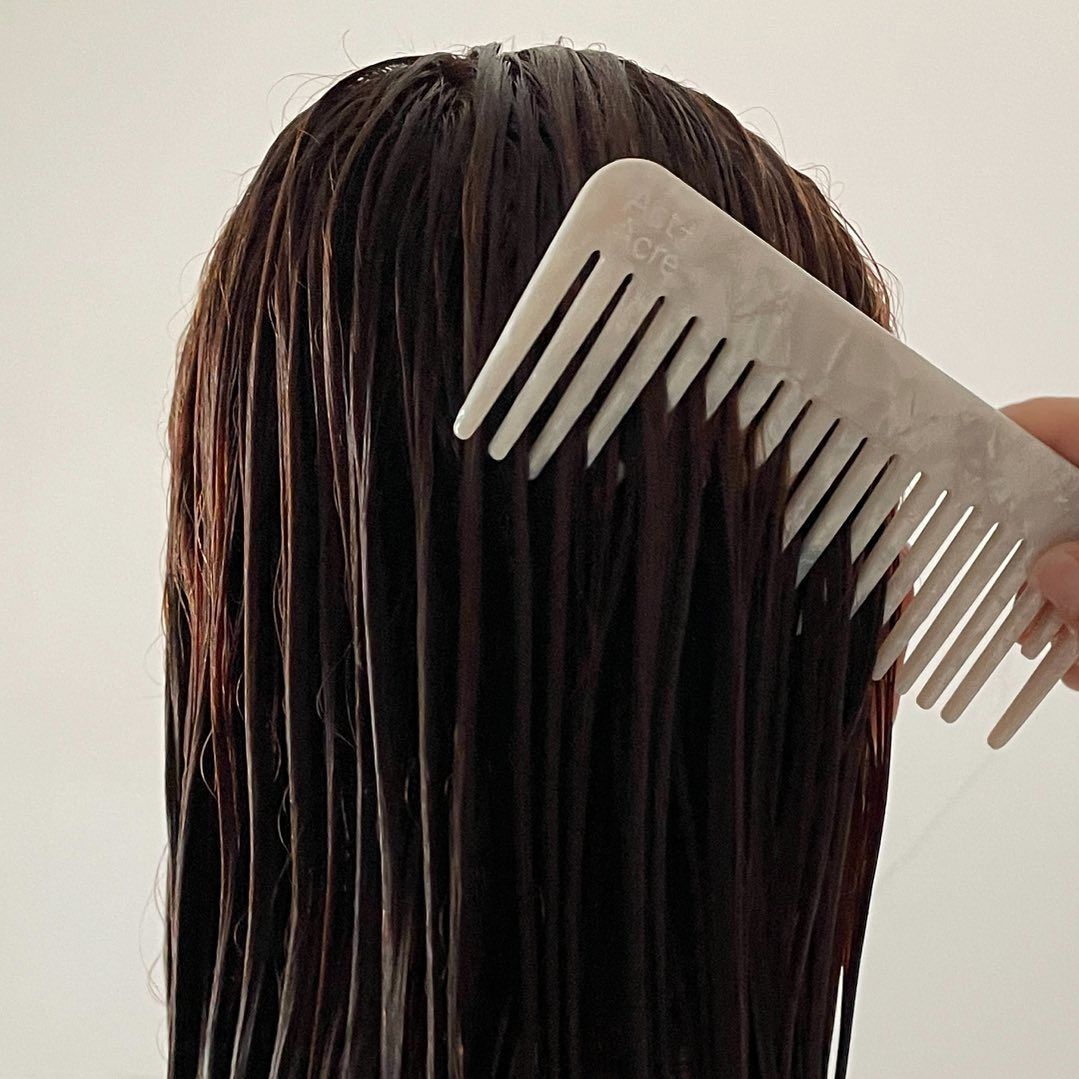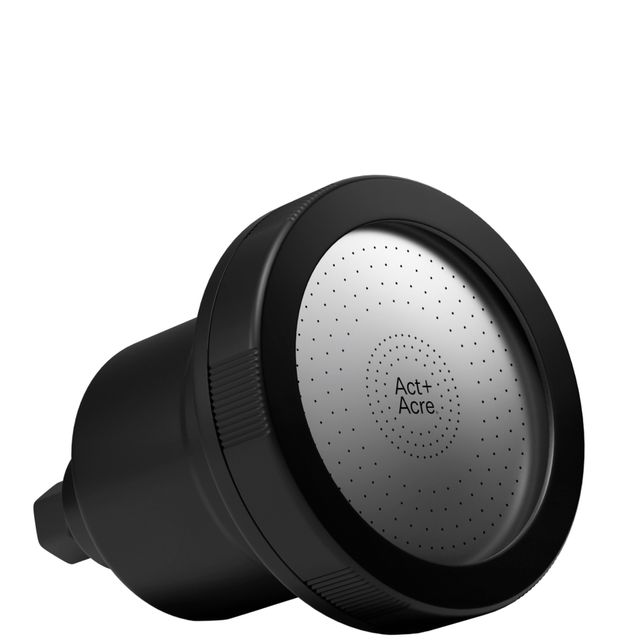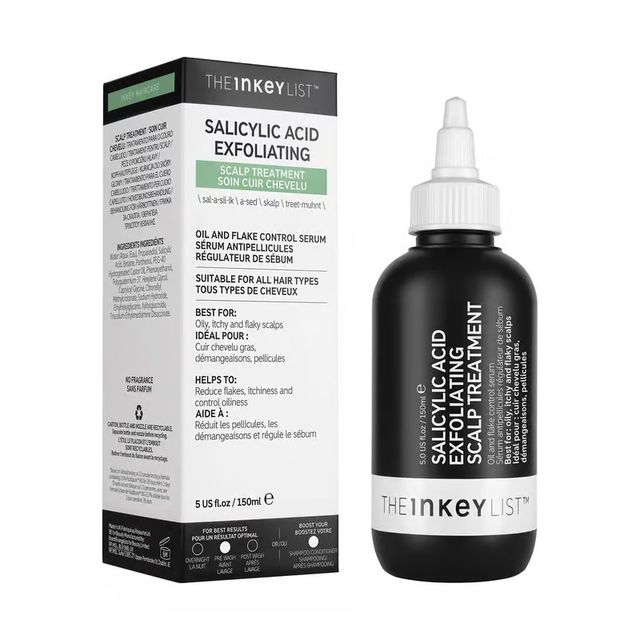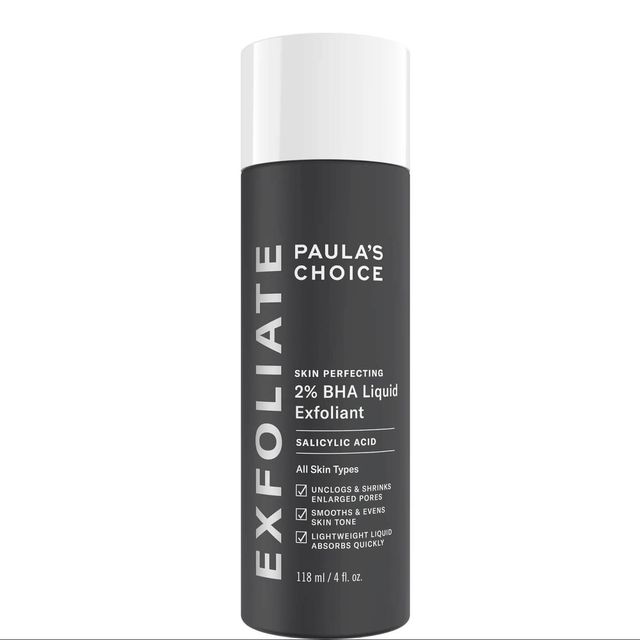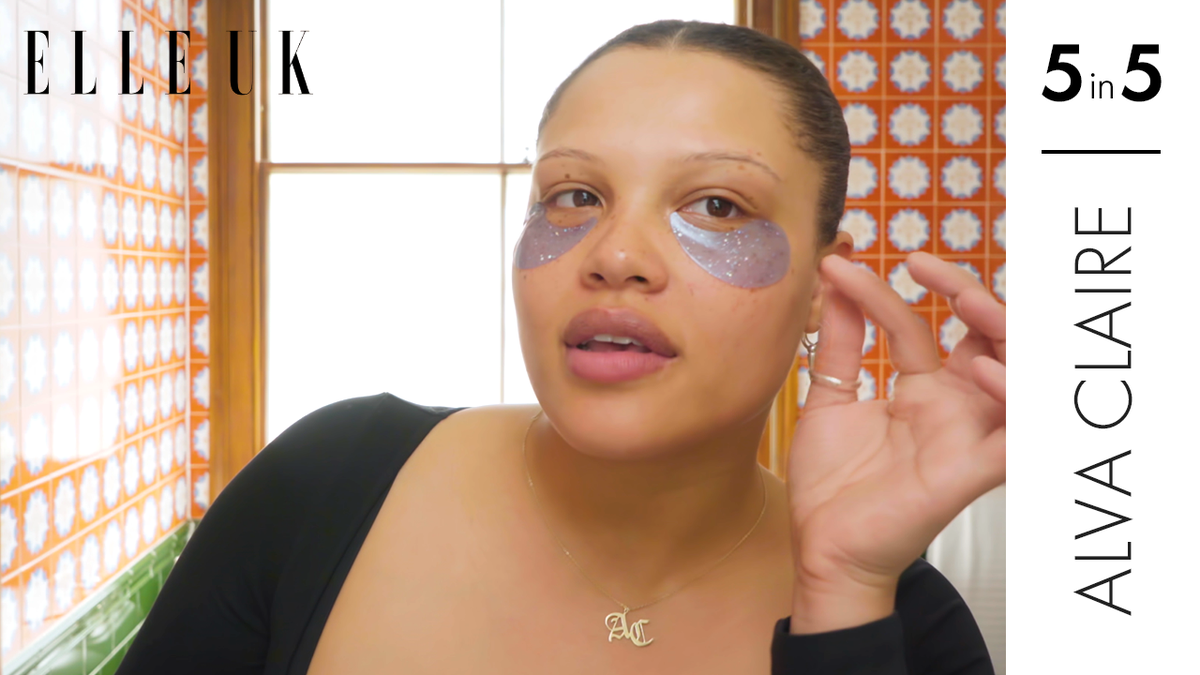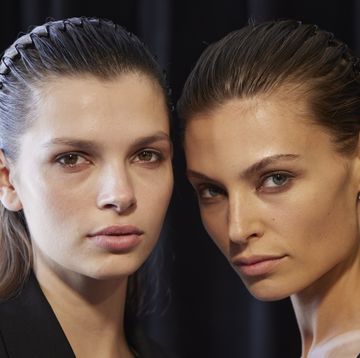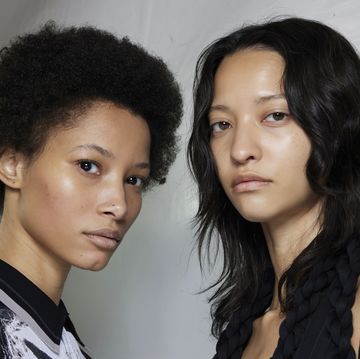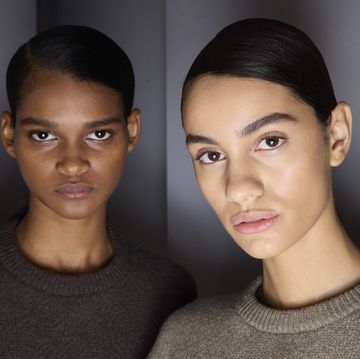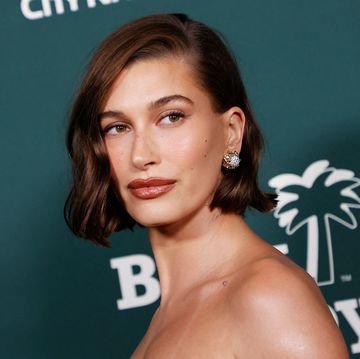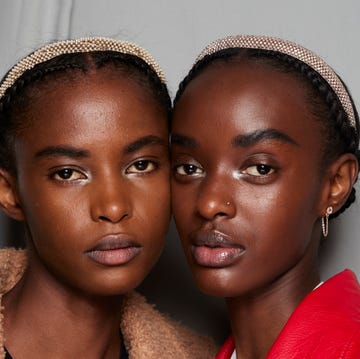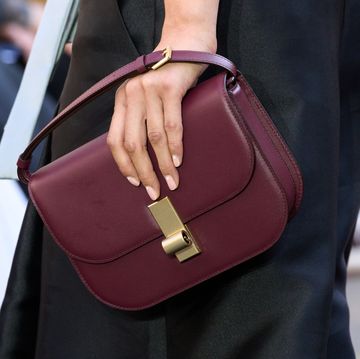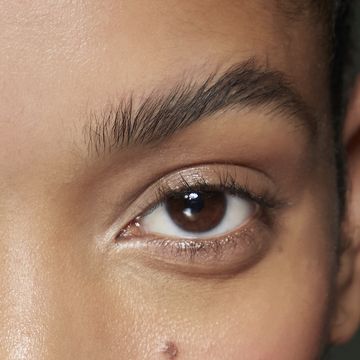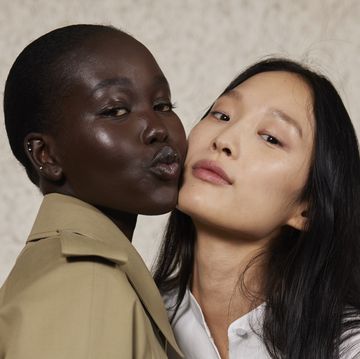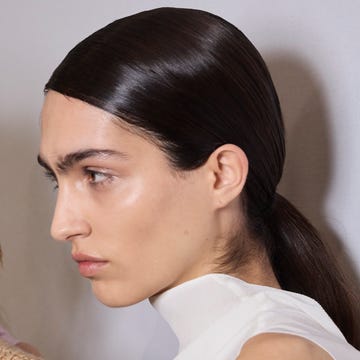It's not the most glamorous of beauty topics, but if you’re suffering with scalp acne then chances are you’re very much not alone – and it’s nothing to be embarrassed about.
But what exactly is scalp acne and why does it happen? ‘Since it typically affects the hair follicles, it's something that usually occurs along the hairline and under the hair,’ explains Helen Reavey, founder of Act+Acre and board certified trichologist. ‘It presents itself as pimples and bumps, while other conditions tend to appear as scales, patches or flakes.’
Kelli Durant, global head of education at Living Proof, explains that the scalp is equipped with numerous oil glands, each located at the base of a hair follicle. 'That means scalp acne can occur when these follicles become clogged with oil, dead skin cells, or bacteria – all of which can lead to inflammation or infection.
FIND OUT MORE ON ELLE COLLECTIVE
As a result, the formation of small, pimple-like bumps on the scalp can appear, but Reavey flags that it's important not to misdiagnose yourself. ‘Scalp acne is something commonly confused with scalp folliculitis, which refers to the infections and/or inflammation around the hair follicles,' she says. So if you're unsure what the issue is, it's always best to speak to a qualified expert.
What causes scalp acne?
Both scalp acne and face acne can be caused by similar things, and while there's no one underlying cause, and Durant says that too much or too little sebum (a natural oil that keeps the scalp healthy) can cause issues. 'Unfortunately, there's no single clear-cut answer, but factors including pollution, allergies and stress can all lead to excess sebum production,' she explains.
Reavey concurs, adding that bacteria and clogged pores can also be the cause. And because the skin on your scalp is an extension of that on your face, then yes, unfortunately, that does mean if you’re somebody who suffers with facial acne or breakouts, you’re more likely to get it on your scalp, too.
However, she points out that if you’re experiencing acne around the hairline, it could be caused by leftover make-up or product build-up blocking the hair follicles and pores, which will also lead to pimples.
What does scalp acne look like?
‘Although it differs from person to person, scalp acne typically looks and feels similar to face acne, but it appears under the hair or hairline,’ explains Reavey.
Sebum is a natural oil that keeps your scalp healthy. Too much or too little can cause issues like this, as well as other scalp problems. Unfortunately, there's no one clear-cut answer, factors like pollution, allergies, stress, and diet that can lead to excess sebum production.
How to treat scalp acne
As with facial acne, it’s crucial to ensure you’re treating it properly. ‘Regularly washing your hair is key – it really is a myth that you can train your hair to produce less oil with fewer washes,’ says Reavey. ‘There are so many factors that contribute to scalp acne and other conditions, so by washing it regularly will help to remove excess oil while balancing the scalp.’
However, Reavey says washing your hair correctly is an important step in making sure you’re removing both build-up and oil. ‘I recommend cleansing with a sulphate-free shampoo, and it’s best to double cleanse. The first cleanse removes product build-up, while the second actually cleanses the scalp. You should always make sure you emulsify the product, too, and ensure you’re focussing the product on your scalp and the back of your head,’ explains Reavey.
How to prevent scalp acne
When it comes to preventing scalp acne, the rules to live by are pretty straightforward. ‘Wash your hair regularly with a non-comedogenic shampoo that won’t clog your pores, and you can also add a filter to your showerhead that’ll work to remove any chemicals or unwanted contaminants from your water,’ says Reavey.
‘From there, it’s then just a case of avoiding using too many products on your hair, and if you can, try to limit pulling your hair back into tight hairstyles.’
